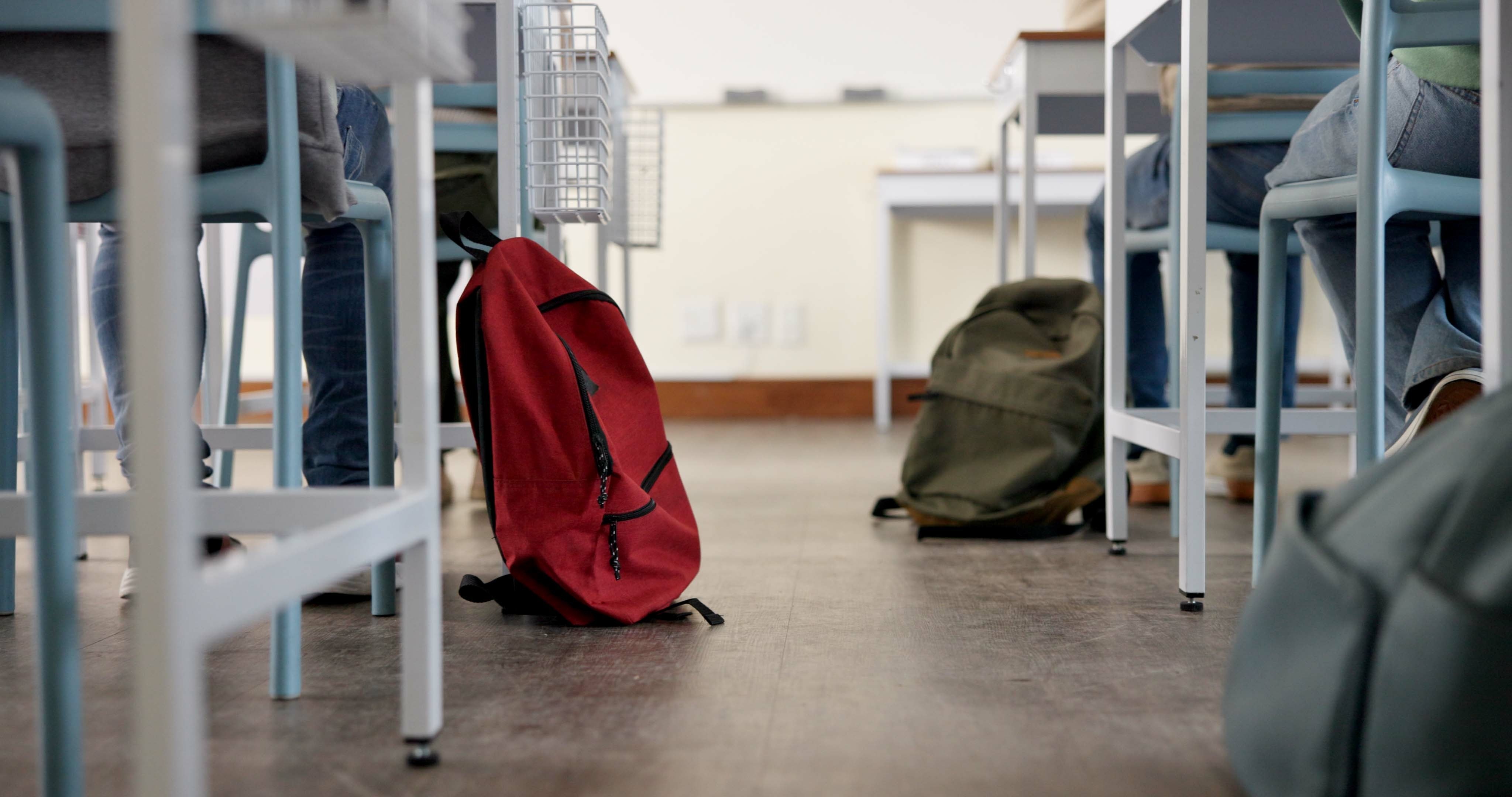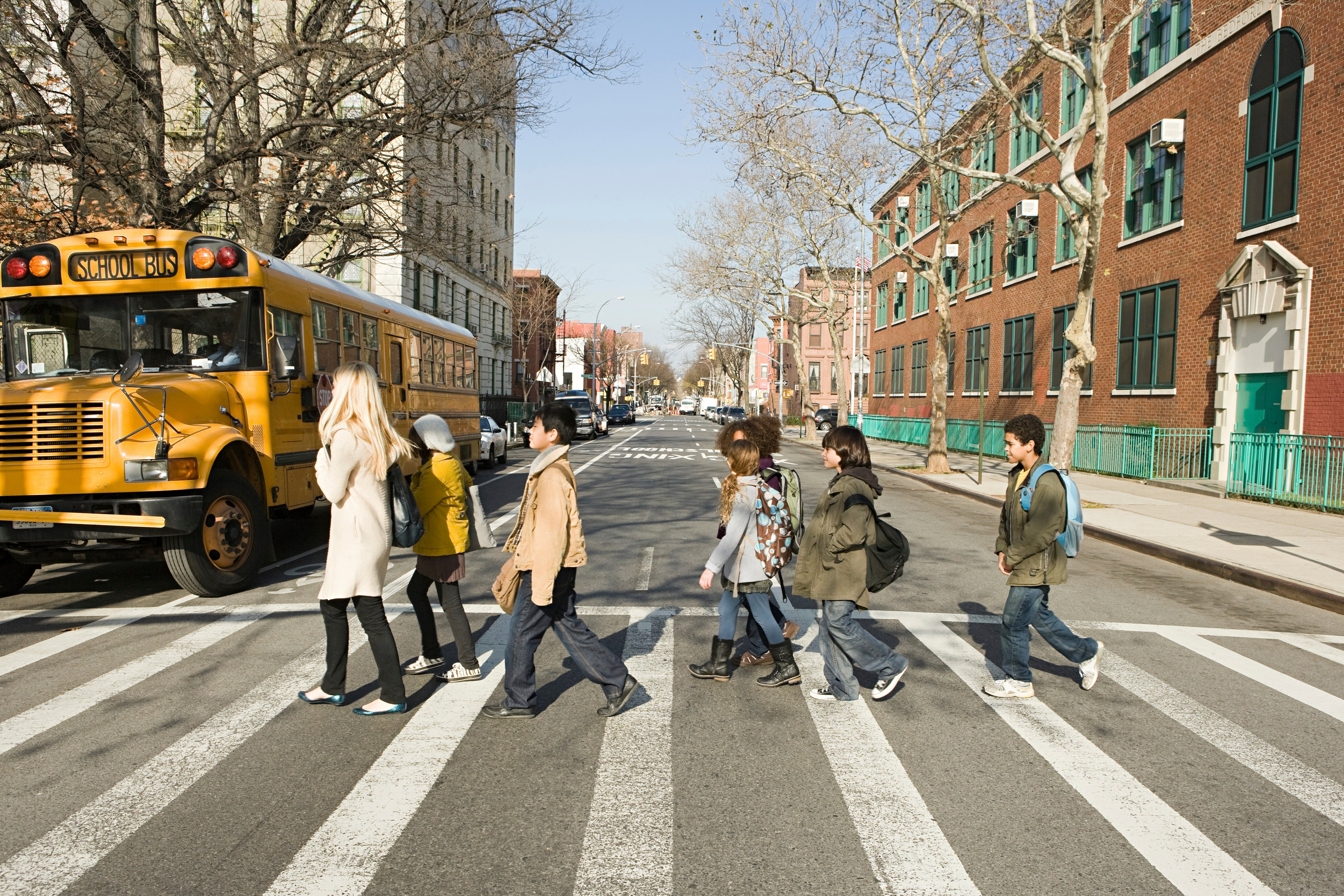In previous blogs we have discussed the need to communicate with your stakeholders, including your families, during an emergency. We have also talked extensively about what needs to be done, “Left of Bang,” prior to an emergency happening. This is also true when discussing what parents need to do and how they can help you during an emergency. Finally, we have discussed the top 3 issues that come up during every after-action review: Communication, Communication, Communication.
In our last blog and podcast, we talked about the concept of risk management and how that directly correlates to the emergency preparedness and planning process. There, we discussed how every “risk manager” would much rather fund the measures to prevent or mitigate risk than the result of failing to do so. It is apparent why; it takes less effort and likely far less money. So, why are we talking about all of these topics right now, and how do these topics relate to the focus of this particular blog? Well, quite frankly, we can either make our parents our allies, or they will become our most significant challenges in the case of an emergency.
When we ask the obvious question, “What about the parents,” we can now take the steps to convert our parents from challenges to allies. From my perspective, we need to look at our parents and assign them a role to play in the entire emergency process. We cannot afford (both figuratively and literally) to keep them out of this process. As we have discussed previously, our families have three primary expectations from the schools every day: (1) that their children can get to school safely; (2) once in school, they will have a safe, secure, and supportive learning environment; and, (3) at the end of the day, get them home safely. Now, we just have to discern what we want the parents to do to help us accomplish this. More specifically, we need to understand which roles the parents play in the different phases of an emergency: Prevention/mitigation, Preparedness, Response, and Recovery.
While we have talked extensively about completing emergency operations plans, we must now look at the role(s) parents play in each phase. As we start looking to engage the parents and guardians more and bring them on board with making them allies, we must first think about what we want them to do and how we want them to do it. Here are some ideas on how you can engage parents and use them as force multipliers for the safety of your schools:
Within the prevention/mitigation phase:
- Engage your parents in understanding what concerning behaviors are and how they can be spotted and reported.
- Encourage your parents to become involved in the emergency planning process and how they can help mitigate or even prevent risks by reporting identified risks early.
- Explain what “See something, Say something” means and how/who to report what they see.
- ETC.
In the preparedness phase:
- Have your parents help you teach and reinforce good safety practices by modeling them and supporting your efforts at home as well as at school.
- Invite parents to be part of your safety team.
- Parents can, if appropriately trained, help you evaluate your drills and exercises.
- Parents can volunteer to be role players during some drills and exercises.
- Tap into the expertise of your parents to help you overcome shortfalls and navigate safety obstacles.
- Provide training for your parents: first aid, CPR, stop-the-bleed, ETC.
- C.E.R.T. - Community Emergency Response Training.
- ETC.
In the response phase:
- Instruct your parents what you want them to do when an emergency occurs and what they can expect.
- Have them help you communicate with other parents.
- Have them help you organize other parents to help you complete some tasks.
- ETC.
In the recovery phase:
- Conduct reunification exercises and drills and have them help by being role players.
- Tell your parents what you want them to do in the event you will have to conduct a reunification operation.
- Have your parents organize a support group in the event of a tragedy occurring at your school.
- ETC.
These are just a few areas you can use to help engage your parents in the emergency processes. Remember, your objective is to create force multipliers while making your parents your allies. At the same time, we are trying to reduce the number of people who could become part of the problem. If we don’t give them a part to play in an emergency, trust me, they will create one that suits their purpose. Their purpose will not likely align with yours.












No Comments Yet
Let us know what you think